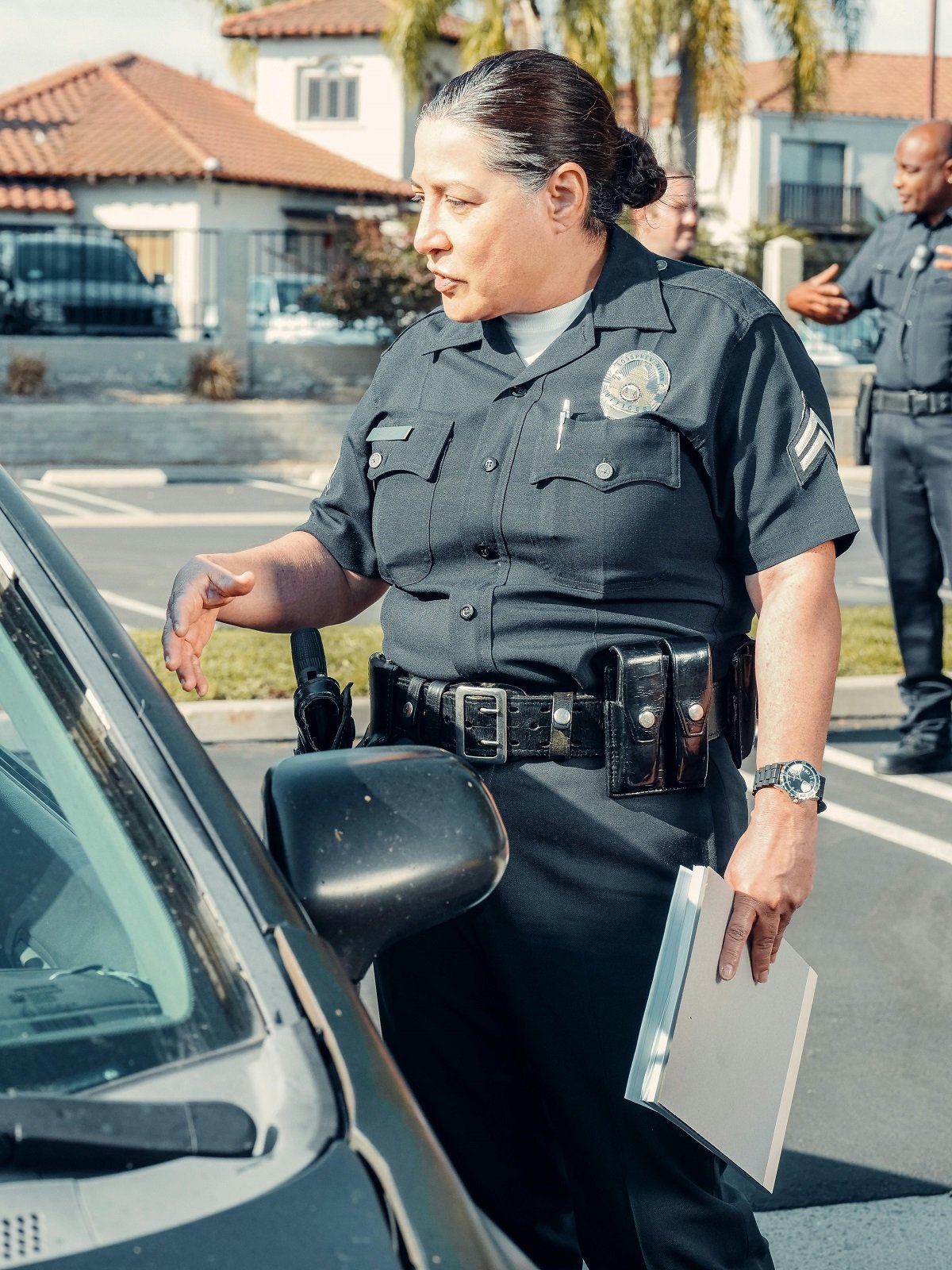
The US Marshals Service (USMS) is one of the most storied and essential law enforcement agencies in the United States. Established in 1789, it stands as the oldest federal law enforcement agency in the country. While many Americans recognize the name, few fully understand the depth, complexity, and scope of the US Marshals Service’s responsibilities. The agency functions as the enforcement arm of the federal courts, managing a wide array of duties ranging from protecting the federal judiciary to capturing the nation’s most dangerous fugitives. Understanding how the US Marshals Service operates offers a revealing look into the behind-the-scenes mechanisms that support federal justice, public safety, and national security.
A Historic Foundation with Evolving Responsibilities

The U.S. Marshals Service was created by the Judiciary Act of 1789, the same legislation that established the federal judiciary. From the beginning, U.S. Marshals were empowered to carry out all lawful orders issued by federal judges, which included serving subpoenas, summonses, writs, and arrest warrants.
In the early days of the Republic, marshals also conducted the first national census, secured courtrooms, and managed local law enforcement during major events such as rebellions or civil unrest. Over time, as the country expanded and the justice system grew more complex, the duties of the Marshals Service adapted. Today, the agency is tasked with several mission critical roles across multiple jurisdictions and areas of public interest, making it one of the most versatile agencies within the Department of Justice.
Protecting the Federal Judiciary
One of the most essential functions of the US Marshals Service is ensuring the safety and security of the federal judiciary, which includes more than 800 federal judges and thousands of court personnel. Protection is not limited to the physical presence of officers in courtrooms; it also encompasses threat analysis, surveillance operations, and high-tech monitoring systems.
The USMS assesses and investigates threats against judges, jurors, and prosecutors and provides protective details when risks are deemed credible. This function is especially vital given the increasingly polarized political climate and rising incidents of threats against public officials. Without this layer of security, the impartial administration of justice would be far more vulnerable to disruption and intimidation.
Managing the Witness Security Program (WITSEC)
Perhaps one of the most famous and misunderstood functions of the US Marshals is their administration of the Federal Witness Security Program, commonly known as WITSEC. Created in 1970, WITSEC is designed to protect government witnesses and their families who are at risk due to their testimony in high-stakes criminal cases, particularly those involving organized crime, terrorism, and large-scale drug trafficking.
Participants in the program are provided new identities, relocation, financial support, and ongoing security protocols. The USMS has relocated thousands of witnesses over the decades, and no WITSEC participant who followed the program’s guidelines has ever been harmed. This track record makes it one of the most successful protective programs in the world and is integral to the federal government’s ability to prosecute high-level criminals.
Apprehending Federal Fugitives
The US Marshals Service is the lead federal agency for fugitive apprehension, and it has earned a formidable reputation in this area. With field offices throughout the United States and cooperative agreements with international law enforcement bodies such as Interpol, the USMS tracks down and arrests some of the country’s most dangerous fugitives.
The agency operates regional fugitive task forces that partner with state and local agencies to capture criminals who pose serious threats to public safety. These efforts often rely on extensive surveillance, confidential informants, and advanced data analysis.
The Marshals also operate the “15 Most Wanted” list, which highlights individuals considered particularly violent or elusive. The Marshals’ relentless pursuit of fugitives underscores their commitment to ensuring that justice does not go unserved.
Managing Federal Prisoner Transport and Detention
The logistics of transporting and housing individuals in federal custody is a massive undertaking, and the US Marshals Service manages this through its Prisoner Operations Division. Each year, the USMS transports over 250,000 prisoners across state and federal lines using a combination of ground vehicles and the Justice Prisoner and Alien Transportation System (JPATS), often dubbed “Con Air. JPATS is one of the largest transport systems in the world, designed specifically for the secure movement of prisoners.
In addition to transport, the Marshals are responsible for housing pre-trial detainees and work closely with more than 1,800 state, local, and private facilities to ensure safe and humane detention. This logistical mastery is crucial in maintaining the continuity of the federal justice system and ensuring that prisoners appear in court as required.
Asset Seizure and Management
Another significant but often overlooked aspect of the US Marshals Service’s operation is the management and disposition of seized assets. Through the Asset Forfeiture Program, the USMS is responsible for handling property confiscated from criminal enterprises, such as real estate, vehicles, luxury goods, and even cryptocurrencies. These assets are sold through public auctions or specialized sales, and the proceeds are often returned to victims or reinvested into law enforcement initiatives.
This function serves both punitive and restorative purposes, stripping criminals of their illicit gains while supporting justice-related programs. Managing these assets involves a great deal of coordination, valuation, storage, and legal compliance, making it a complex but vital component of the agency’s duties.
Supporting National Security and Crisis Response
While the US Marshals are not traditionally considered a first-response national security agency, their capabilities are often leveraged in times of crisis. Whether it’s natural disasters, civil unrest, or high-profile events like presidential inaugurations, the USMS deploys tactical units known as Special Operations Group (SOG) to respond.
These officers are highly trained in riot control, counterterrorism, and hostage situations, and are frequently used to reinforce federal buildings or protect key personnel during emergencies. The Marshals also provide assistance during manhunts for escaped prisoners or during major terror threats, making them a flexible asset in the broader federal response framework.
Interagency Collaboration and International Reach
The operations of the US Marshals Service are deeply intertwined with other branches of law enforcement, both domestically and abroad. Domestically, the Marshals collaborate with the FBI, DEA, ATF, DHS, and local police departments.
Their role as the enforcement arm of the federal courts means that almost every major federal investigation or trial involves coordination with the Marshals Service. Internationally, the USMS works with foreign governments and law enforcement agencies to extradite fugitives, recover assets, and ensure cross-border legal cooperation.
Through these alliances, the Marshals help extend the reach of American justice beyond U.S. borders, especially in an era where crime increasingly crosses national lines.
Oversight Accountability and Public Trust
Like all federal agencies, the U.S. Marshals Service operates under significant scrutiny. The agency is overseen by the Department of Justice’s Office of the Inspector General, and it must comply with federal laws regarding transparency, use of force, and the protection of civil liberties. Incidents involving misconduct or excessive force are subject to internal investigation and, when necessary, disciplinary action.
Maintaining public trust is essential for the Marshals, especially as they often work in close proximity to vulnerable individuals such as witnesses, detainees, and court staff. Recent years have seen the USMS update training protocols, implement body cameras, and enhance its diversity and inclusion efforts to better reflect the communities it serves.
The Future of the US Marshals Service
As the nature of crime evolves, so too must the strategies and operations of the US Marshals Service. Cybercrime, international terrorism, and sophisticated financial fraud pose new challenges that demand advanced tools, better intelligence, and international cooperation.
The USMS is actively investing in digital technologies, data analytics, and forensic capabilities to stay ahead of the curve. Recruitment efforts have also been modernized to attract a new generation of law enforcement professionals equipped to handle these emerging threats. Additionally, the agency continues to expand its public outreach and education efforts, helping communities understand the critical role it plays in maintaining justice and safety.


